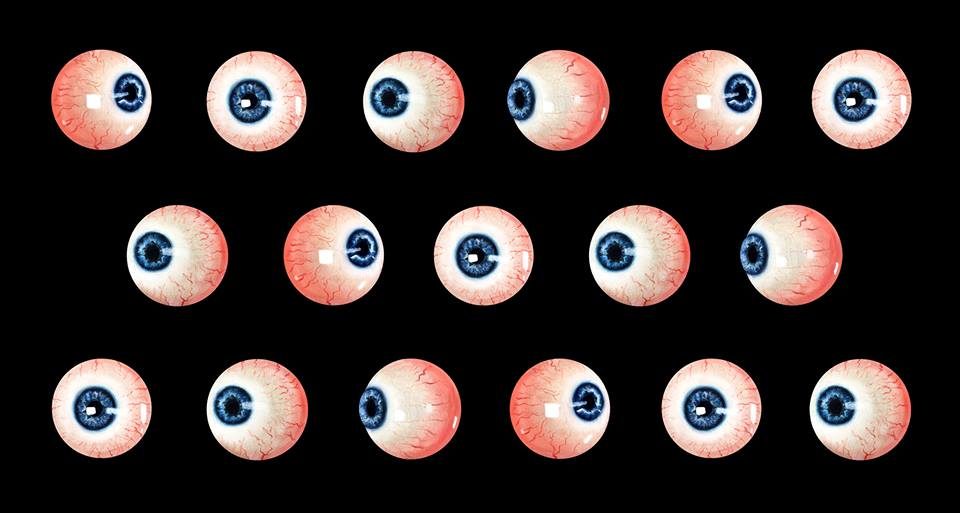In New Zealand, there is a clear divide between Maori and Pakeha in terms of achievement rates in education, and even university entrance.
Over the years there have been changes made and initiatives implemented to address this issue, and there are many theories as to why the achievement gap is there.
The New Zealand curriculum addresses biculturalism directly by stating the vision for our young people is those “who will work to create an Aotearoa New Zealand in which Maori and Pakeha recognise each other as full Treaty partners, and in which all cultures are valued for the contributions they bring” (Pg. 10). Respecting the differences in each, and that each is valued.
In addition, the New Zealand curriculum have added Maori elements into the Visual Arts Matrix. For level one students they are given the option to complete achievement standard AS90913, asking students to “Demonstrate understanding of art works from a Māori and another cultural context using art terminology.” Although this option does not mean this is compulsory for students, the option to gain credits for the students who wish to is a positive step in the right direction.
Noticing that one is different from the other is significant. Maori culture has a rich history, with many dimensions that many Pakeha people struggle to understand, myself included.
I am embarrassed to admit I have taken part and created units of work based on Taniwha and Kowhaiwhai patterns without the knowledge behind its symbolism.
This can be referred to as symbolic biculturalism, appropriation and incorporation of Maori cultural symbols. Similarly, teachers may unknowingly use the “Five F’s” – Food fashion, fiestas, folklore and famous people” (Smith, 2010. Pg. 11) to establish a base to a unit, in order to incorporate a cultural element.
In addition to content in a classroom, biculturalism has a big emphasis on respecting beliefs.
During my current placement, my associate teacher was sharing a situation that she encountered when moving to New Zealand from the UK. Teaching in her home country, she would use mindfulness techniques to settle the class, such as having the students place their heads on their tables. She attempted the same here, and her students told her that was disrespectful and Tapu. After hearing this story, I realised how out of the loop I am, as I too would have done something similar.
In preparation for my teaching career, this has to be kept in mind. Being able to develop a culturally responsive pedagogy, especially living in a country as diverse as New Zealand, where there is a native culture present.
Unequal treatment of students, in a positive manner, leads to equal outcomes, and an overall positive atmosphere. Changes in pedagogy to allow for this, will ultimately lessen the achievement gap Maori students are experiencing.
When we as teachers accept that this is an issue that is real and needs to be addressed, is when we will see a true change in our schools. But what will it take? How bad to the numbers have to get?

References:
Achievement Standard AS90913. (n.d.) Retrieved from https://www.nzqa.govt.nz/nqfdocs/ncea-resource/achievements/2019/as90913.pdf
Smith, J. (2010). Biculturalism and Multiculturalism: Competing Tensions in Visual Arts Education in Aotearoa-New Zealand. International Journal of Multicultural Education, 12(2), 1–18. Retrieved from https://eric.ed.gov/?id=EJ1104888
Published for the Ministry of Education by Learning Media. (2007). The New Zealand curriculum. Wellington, N.Z.
